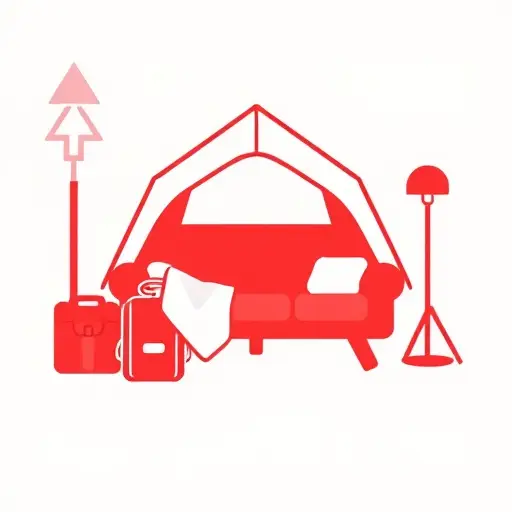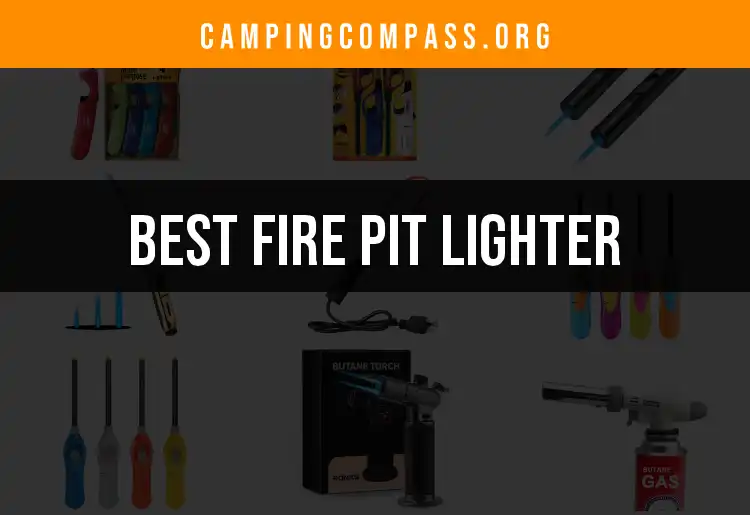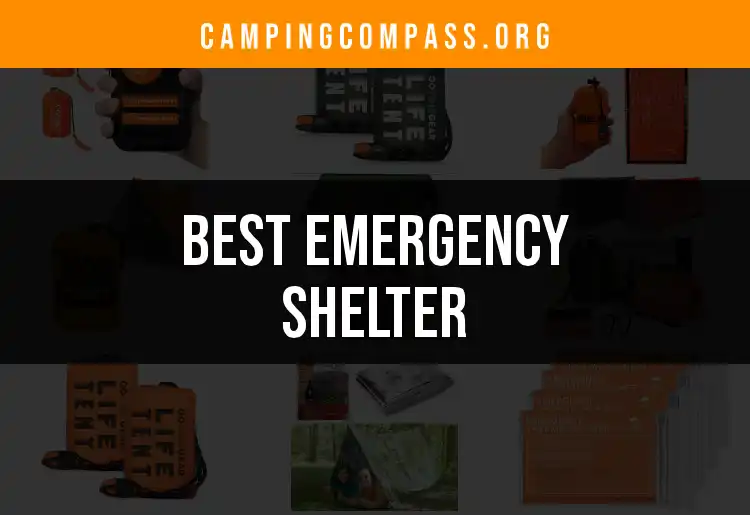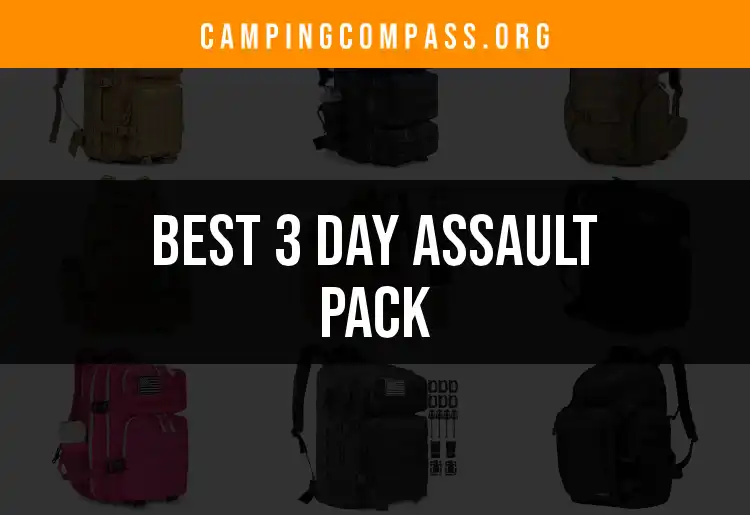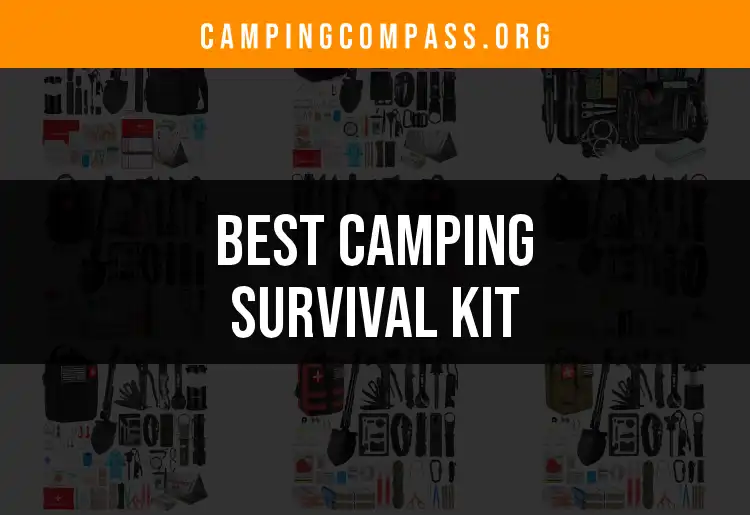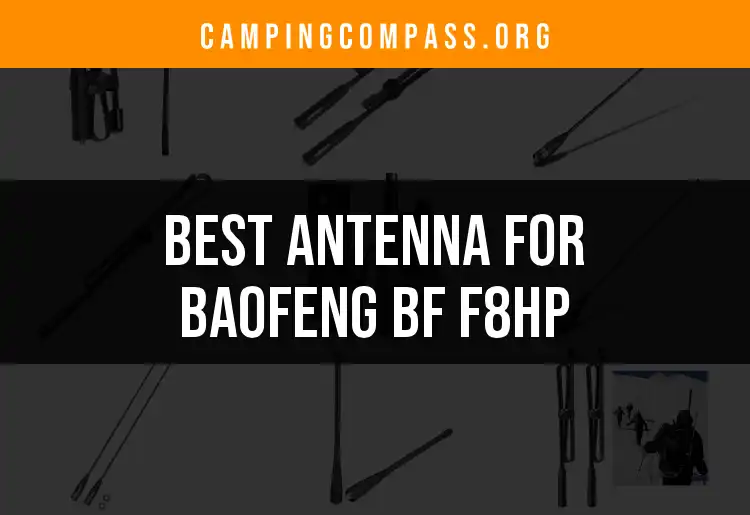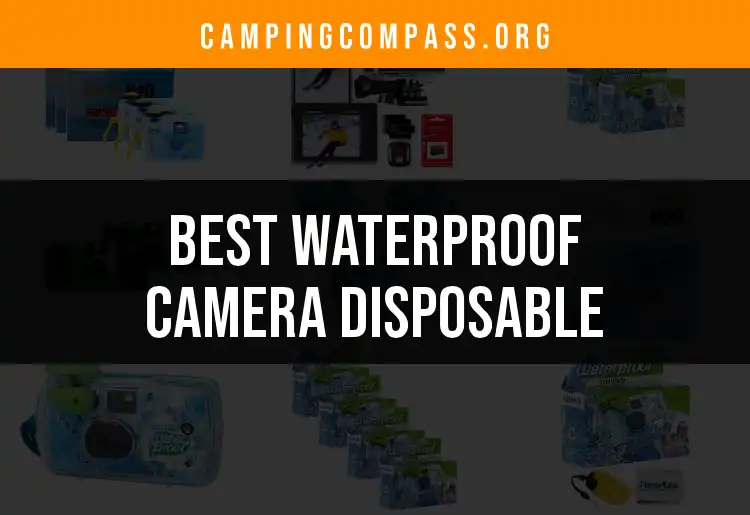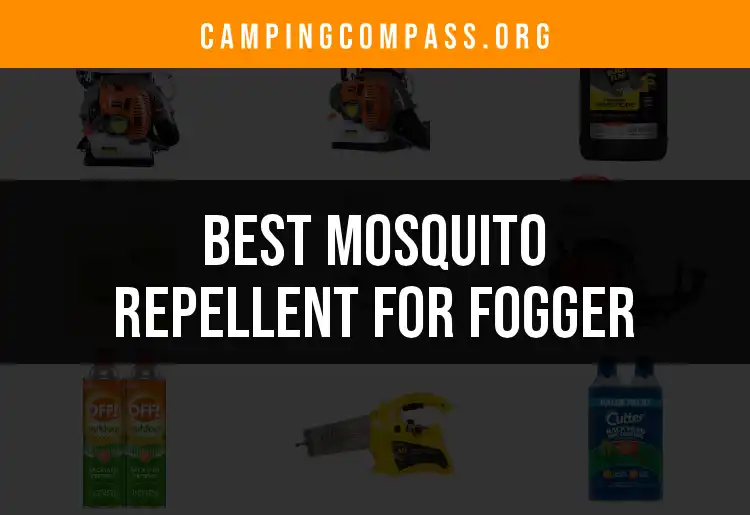When embarking on an adventure in the great outdoors, ensuring safety should always be your top priority. Activities like hiking, camping, or fishing can be thrilling and invigorating, yet they also come with a range of hazards that can disrupt your experience or, in worst-case scenarios, lead to serious injury. From unpredictable wildlife encounters to unexpected changes in weather conditions, understanding and preparing for these risks is vital.
Preparation involves strategic planning and packing essential gear tailored to the activities you’ll be undertaking. Having a game plan helps you navigate emergencies, making your outdoor experience not only enjoyable but also secure.
Safety Equipment and Gear
Essential Safety Gear for Camping
A successful camping trip starts with the right equipment. Having access to essential safety gear can significantly enhance your protection against unexpected situations.
First Aid Kit
A well-stocked first aid kit can be a lifesaver. This kit should include items such as adhesive bandages, antiseptic wipes, gauze, medical tape, scissors, and any personal medications your group may need. Remember, accidents can happen, and having the right supplies can mean the difference between a minor setback and a major complication. Regularly checking your kit before each trip and restocking any used items ensures it is always ready when you need it most.
Navigation Tools
In unfamiliar terrain, reliable navigation tools are crucial. A wrist compass is invaluable for maintaining your bearings and ensuring you don't get lost. GPS devices can fail due to low batteries or signal loss, making a compass an essential backup. Learning how to read a compass and map enhances your outdoor adventures and instills confidence when exploring new locations.
Multi-tools and Pry Bars
Multi-tools are the Swiss Army knives of the outdoor experience. With multiple functionalities, they save you time and effort by providing solutions to many common problems. Incorporating a practical EDC pry bar into your gear offers versatility for tasks like prying open stubborn items and securing tarps or tents. This kind of ingenuity can be critical during challenging scenarios where traditional tools may not be accessible.
Personal Safety Equipment
Personal safety in various environments is just as important, whether you're hiking a rugged trail or enjoying a canoe trip on a tranquil lake.
Life Jackets for Water Activities
If your adventures often lead you near lakes, rivers, or oceans, wearing a life jacket is a must. A quality life jacket for snorkeling not only provides buoyancy but also includes features designed for comfort and mobility, allowing you to enjoy water activities safely. It’s essential to choose a jacket appropriate for the kind of water sport you plan to engage in, ensuring that it is Coast Guard approved and fits snugly.
Ankle Brace for Hiking
Hiking poses physical demands on our bodies, especially on our ankles, which can be susceptible to injury due to uneven terrain. If you’re prone to ankle injuries or simply want to prevent them, consider wearing an ankle brace for hiking. This supportive gear can stabilize your ankle, help prevent sprains, and provide extra reassurance as you navigate rocky paths or steep slopes.
Lighting Equipment
As evening falls, having adequate lighting becomes essential for safe navigation and minimizing accidents around the campsite or during hikes.
Flashlights for Safety at Night
Investing in a high-quality flashlight guarantees you are prepared for emergencies after dark. Lightweight and compact options, like the 1 AAA flashlight, are perfect for stowing in your gear for quick access during nighttime adventures. Alternatively, a single AA battery flashlight is versatile and operates efficiently. For those in need of robust lighting, a flashlight that uses an 18650 battery provides excellent brightness, while a flashlight with 10,000 lumens can illuminate large areas effectively. Investing in multiple lighting options prepares you for whatever night-time scenarios may arise.
Foregrip Flashlight Combos
Merely having a flashlight may not be enough. In situations where safety becomes paramount, consider a foregrip flashlight combo. Together, this combination allows for firm gripping while enabling quick usage of your light source, especially when navigating in low-visibility scenarios or defending yourself if necessary.
Insect and Pest Control
Understanding Insect Bites and Stings
Insects can turn a perfect camping trip into a frustrating experience. Identifying which insects are prevalent in your area can help you prepare adequately and safeguard yourself and your loved ones from diseases and allergic reactions associated with insect bites.
Using Mosquito Repellent
Best Mosquito Repellent Concentrates
It’s crucial to come equipped with reliable mosquito repellent. Utilizing a mosquito repellent concentrate can provide long-lasting protection, allowing you to enjoy your outdoor activities without the constant annoyance of buzzing pests drifting around you. High-quality options often contain active ingredients that are clinically proven to deter mosquitoes effectively.
Tiki Torch Fuel for Mosquitoes
Surrounding your campsite with tiki torches filled with tiki torch fuel for mosquitoes is a stylish and practical way to create a bug-free zone. The pleasant aroma can enhance your outdoor experience while creating a barrier against pesky insects.
Insect Repellents in Specific Regions
The effectiveness of insect repellents can vary by region, so it’s wise to do your research:
-
Insect Repellent in Thailand: If you're traveling to vibrant locations such as Thailand, the humid climate can elevate the risk of mosquito bites significantly. Equip yourself with a recommended insect repellent for Thailand to maximize protection against bites and the potential diseases they carry.
-
CO2 Traps for No See Ums: If you find yourself bothered by gnats and other tiny pests known as no see ums, using a CO2 trap for no see ums can create a controlled environment that traps these elusive insects, letting you enjoy nature without frustration.
Preventing Rodent Issues
When camping in remote areas, keeping unwanted critters at bay is vital for maintaining comfort and hygiene. Using outdoor mouse bait stations can help minimize rodent presence and maintain a clean campsite. Be sure to place these stations strategically away from sleeping areas to deter nighttime visitors!
Fire Safety in Outdoor Areas
Fire Safety Equipment
Silent Torch Lighters
Prioritizing fire safety is fundamental, especially when dealing with open flames. A silent torch lighter is a clever solution for lighting fires without producing excessive noise, which can alert wildlife to your presence. This discreet tool is not only practical for igniting campfires but also essential in maintaining stealth during nighttime adventures.
Handling Campfires Safely
When starting a campfire, ensure you follow all safety protocols. This includes locating your fire away from overhanging branches, keeping flammable materials at a safe distance, and checking local regulations. Understanding how to safely manage a fire minimizes risks not just to yourself but to the entire campground.
Fire Extinguishing Methods
Always be prepared for fire emergencies by familiarizing yourself with methods to extinguish flames effectively. This could involve using water, dirt, or even a fire extinguisher if available. Understanding how to extinguish a fire properly protects both you and the environment.
Personal Safety and Self-Defense
Awareness of Surroundings
Staying alert and aware of your surroundings is crucial for personal safety. Recognizing potential hazards—like quickly changing weather conditions or the sound of approaching wildlife—can help you react promptly and appropriately, minimizing risks when they arise.
Personal Defense Tools
Carrying personal defense tools, such as a tactical walking stick for self-defense, ensures that you’re prepared for a variety of scenarios. This walking stick offers advantages in both providing support while hiking and serving as a means to defend yourself or deter aggressive wildlife if necessary.
Emergency Signals and Communication
In the event of an emergency, communication with others can be chaotic, particularly in remote areas. It’s wise to carry emergency signaling devices, such as whistles or mirrors, and establish a communication strategy with your group. Familiarize yourself with emergency signals before heading to isolated locations. Understanding how to communicate effectively in crises can be the key to ensuring everyone’s safety.
Safety from Wildlife Encounters
Recognizing Wildlife Hazards
When you venture into the wilderness, familiarity with local wildlife enhances your safety. Researching the types of animals that inhabit your camping area and understanding their behavior can prevent unwanted encounters and help you plan accordingly.
Dealing with Bees and Wasps
Bee Suits for Yellow Jackets
If you are allergic to insect stings or know that you'll be in areas with high bee activity, consider wearing a bee suit for yellow jackets. This specialized protective gear minimizes the risk of painful stings and can significantly enhance your peace of mind, allowing you to focus on enjoying your environment rather than fearing an attack.
Procedures to Follow During Encounters
Knowledge of what to do if you encounter wildlife can be lifesaving. Always remain calm when faced with an animal; sudden movements or loud noises may provoke a defensive reaction. Back away slowly and avoid direct eye contact. Carry bear spray in high-risk areas, and educate yourself about local wildlife interaction guidelines to handle encounters appropriately.
Handling Injuries and Emergencies
First Aid Basics for Outdoor Recreation
Though accidents can happen even to the most careful, having basic first aid knowledge is incredibly valuable. In addition to carrying a well-stocked first aid kit, being familiar with treating minor injuries can prevent complications. Simple skills like cleaning wounds and applying dressings can go a long way in preventing infections and improving recovery time.
Emergency Contacts and Communication Methods
Always inform someone about your travel plans and estimated return. If you enter areas without cell reception, provide them with contact details for emergencies. Consider carrying a satellite phone or personal locator beacon for reliable communication in remote areas, providing peace of mind for both you and your loved ones.
Evacuating From Remote Areas
Understand how to evacuate safely in emergencies, as knowing the quickest route back to civilization can be lifesaving. Have a plan in place for how to deal with transportation issues should they arise. Additionally, always travel with a buddy when exploring isolated areas; having a companion can provide mutual support during emergencies.
Conclusion and Final Safety Tips
In conclusion, being informed and prepared significantly impacts outdoor safety. Summarizing key principles you’ve learned—such as preparation, situational awareness, and the importance of using the right gear—will empower you to make wise decisions. Encourage fellow explorers to prioritize safety and to remember that their outdoor experiences should be enjoyable and secure.
By adhering to these guidelines and utilizing the recommended products throughout your journey, you can embrace the adventure awaiting you in the great outdoors without compromising your safety. Remember, there are extensive resources available to further your understanding of outdoor safety. Happy adventuring!




